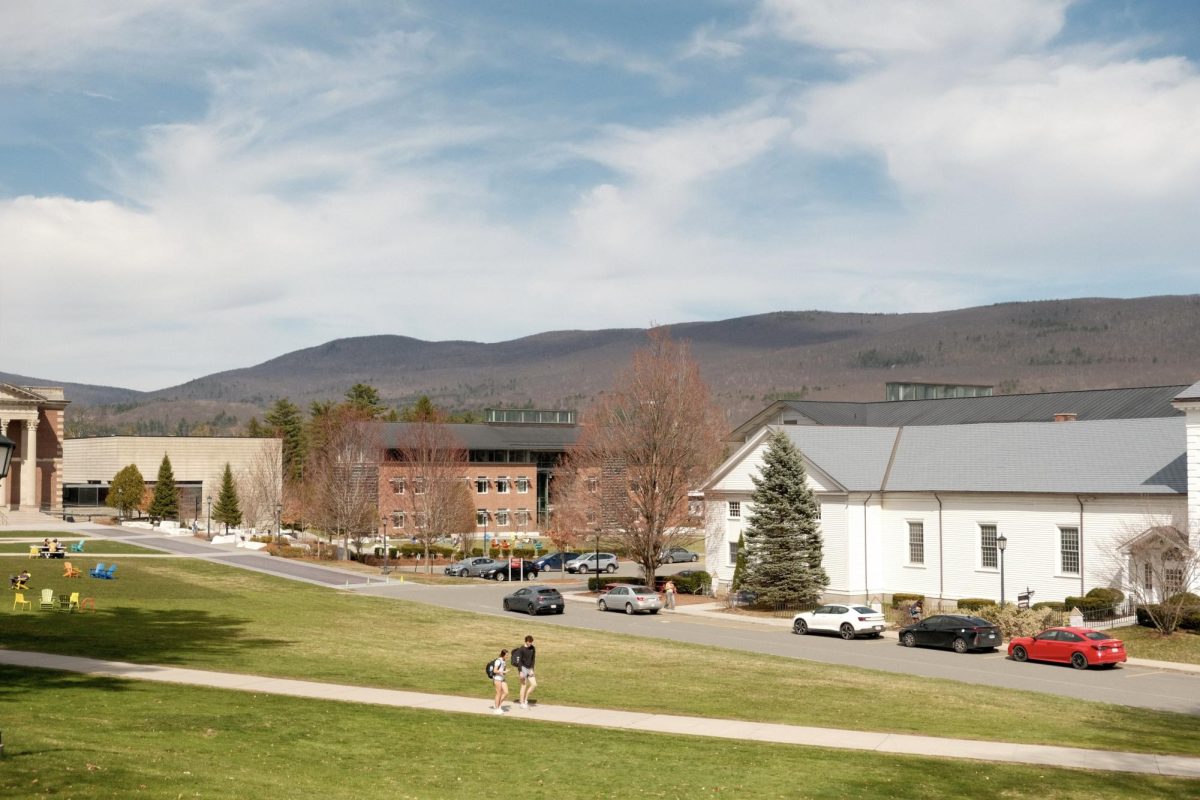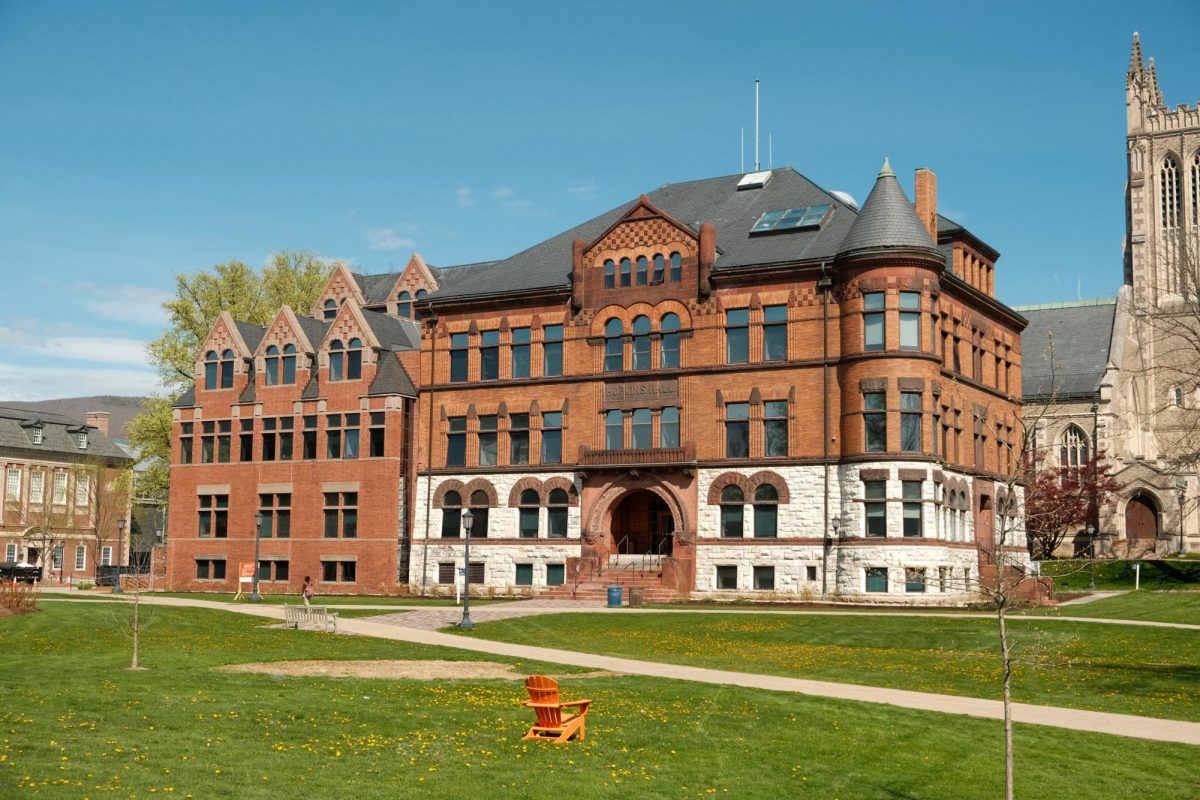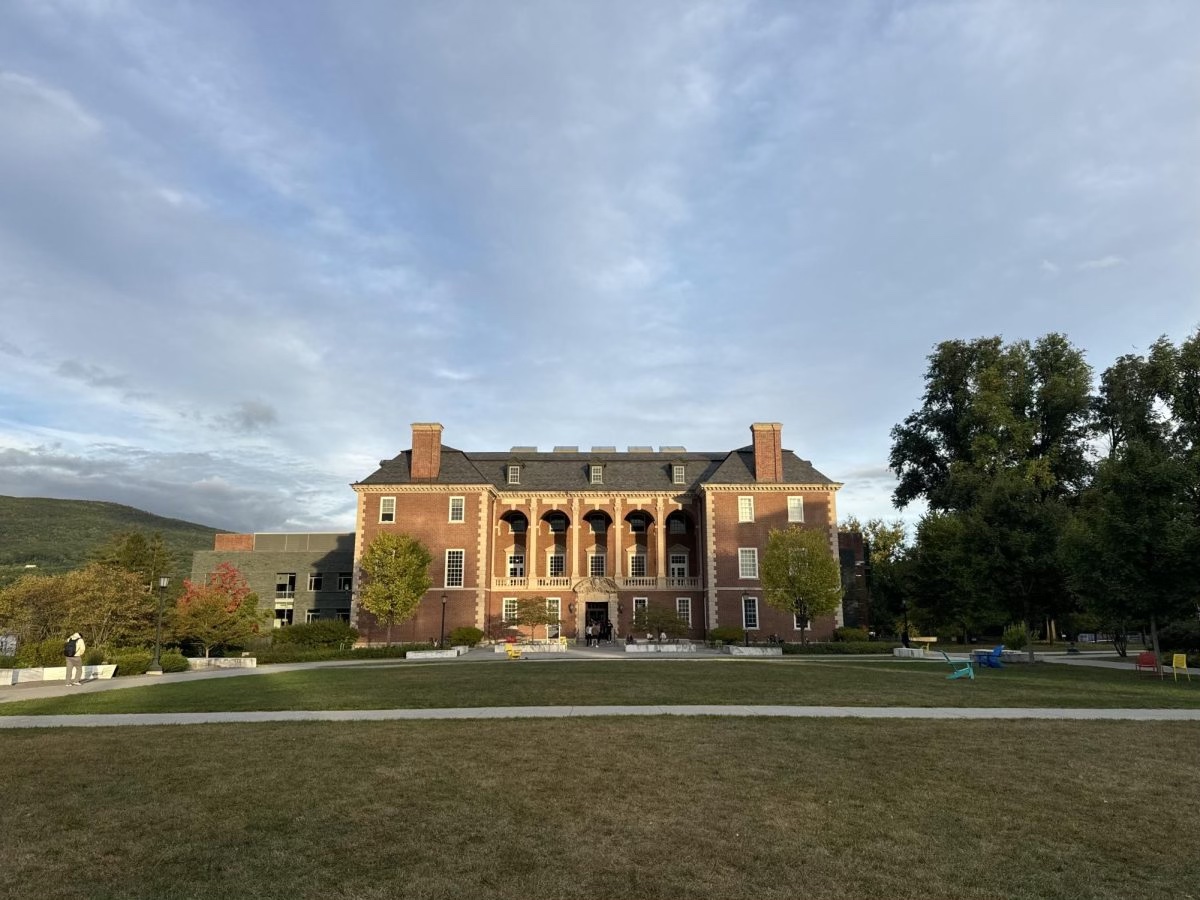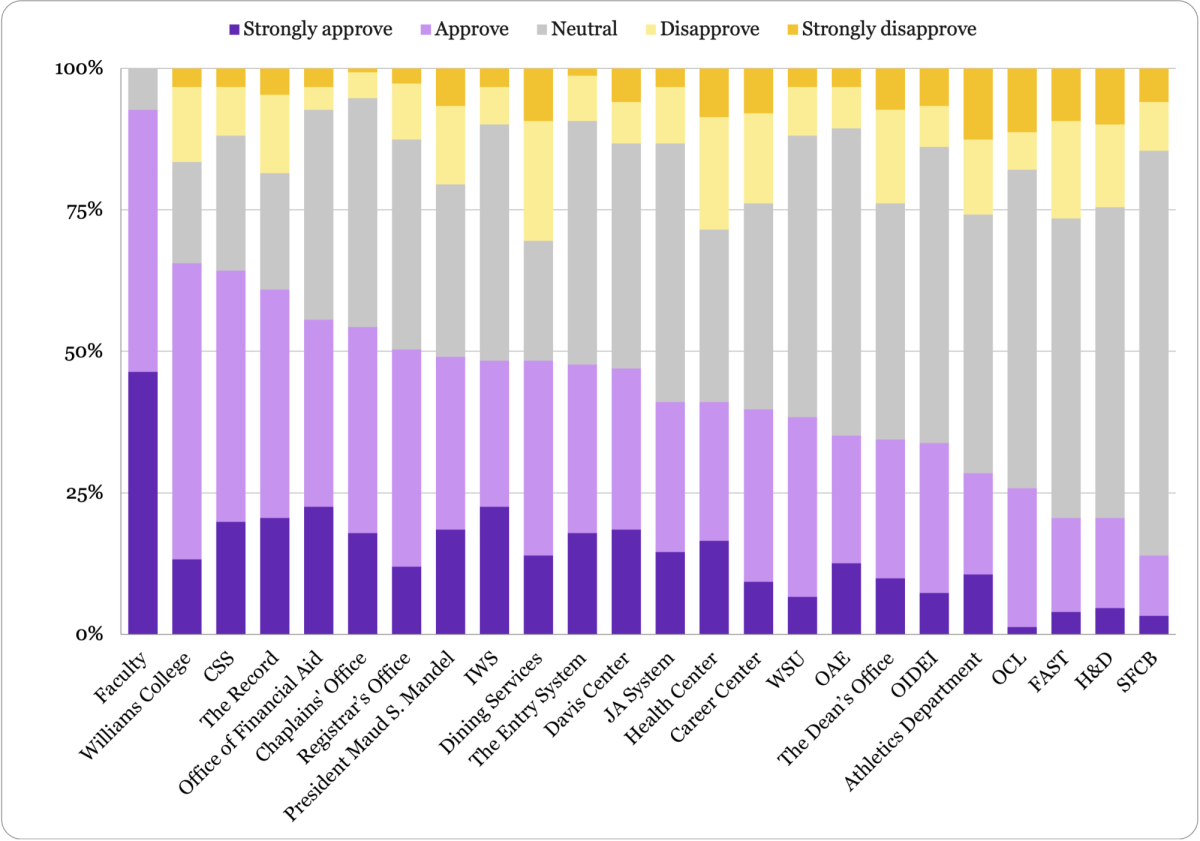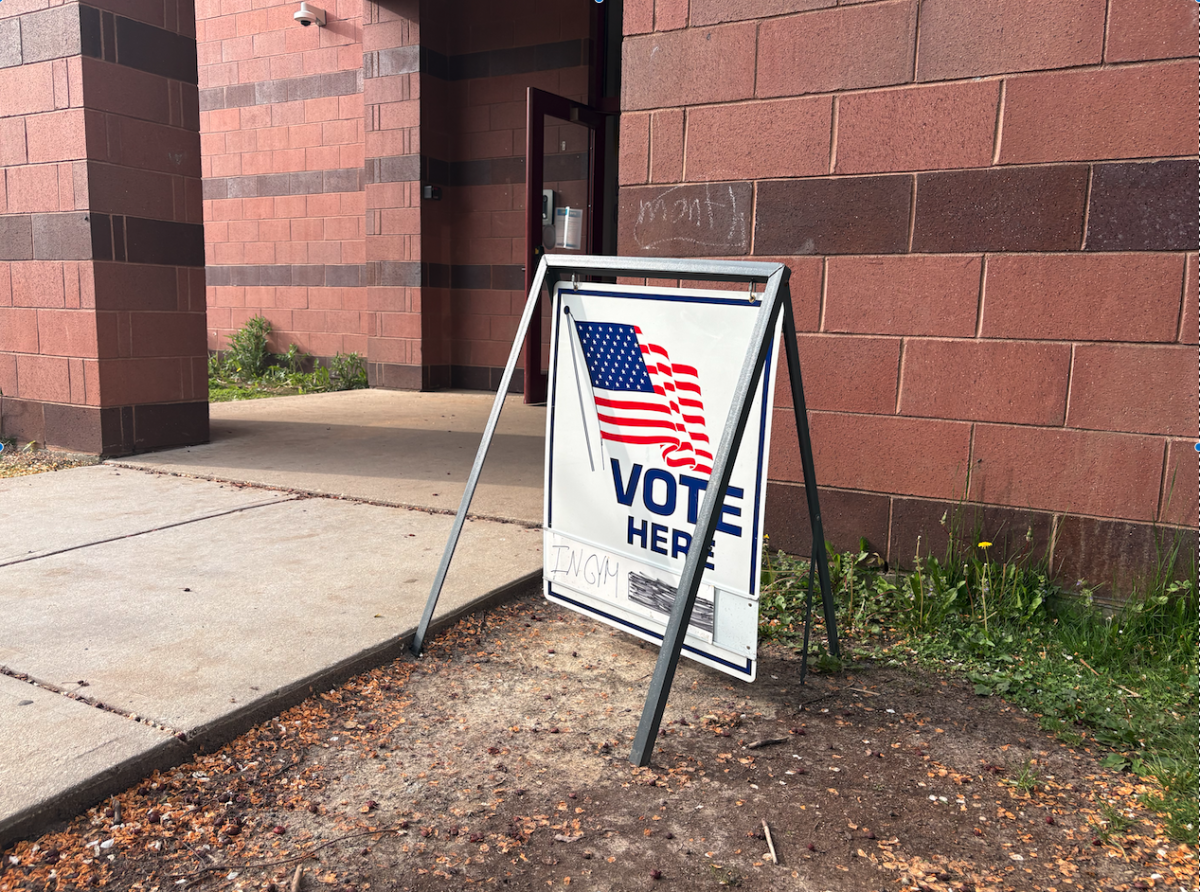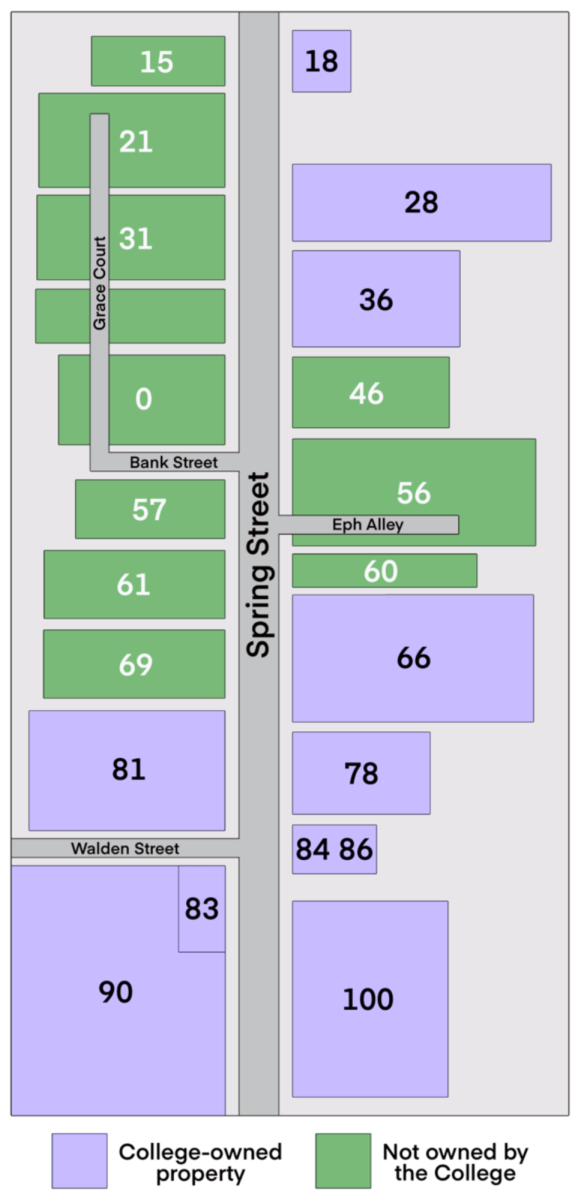Student-athletes reflect on a return to traditional out-of-season training
October 26, 2022

NCAA and NESCAC policy that allowed teams to conduct practices with their coaches during the off-season in response to the COVID-19 pandemic has expired as of this fall, marking a return to traditional regulations on out-of-season play that require team trainings to be optional and practices to be scheduled and held with no coaches involved.
To maintain skill level in the off-season while complying with these rules, teams meet at captain-led practices and maintain strength-training regimens. Athletes across four teams reflected on the opportunity provided by out-of-season training to build community and hone in skills.
Athletic Director Lisa Melendy told the Record in May that the loosened regulations on off-season training between fall 2020 and spring 2022 were a temporary policy in response to COVID. “[That] was a one-time response coming out of COVID to support student-athlete well-being on many fronts,” she wrote.
Many players have characterized out-of-season training as an opportunity to build team dynamics alongside skills. For co-Captain of the volleyball team Morgan Persky ’23, shifts in attendance in postseason activities — due to athletes who go abroad in the postseason or graduate from the team — allowed Persky to try her hand at leading practices last spring before becoming a captain this fall.
“We try really hard to make it a classless group,” she said. “Last spring, there were three girls in my junior class that didn’t go abroad out of six [total juniors], so we led the practices. Two of us ended up being captains afterward, so [the off-season] helped facilitate that transition really naturally.”
For spring sports, captain-led training occurs in the preseason. Women’s lacrosse player Nicole Toney ’23 noted that the fall’s period of captain-led training preceding the spring lacrosse season allowed for collaboration in team leadership. “This year, we have few juniors, because some of them are playing their fall sport or winter sport, and the others are all abroad — [the team is] really just sophomores, [first-years], and seniors,” she said.
Toney also emphasized the collaborative nature of out-of-season training for those who are present. “Everyone has a voice in what we can be doing,” Toney said.
In addition to solidifying technique in training and strengthening in team lifts, Toney said that captain-led training in the preseason also fosters team bonding. “I feel like it’s a privilege to have off-season training in a spring sport, because you have so much time to develop chemistry and your team and get to know each other in such a casual way,” she said. “You’re out there to work hard — but you’re also getting to know each other, learning what everyone’s tendencies are, and just having fun together.”
Captain of men’s Nordic skiing Jacob Jampel ’23 also attributed closer bonds between athletes to time spent at training sessions out-of-season, where the ski teams travel to ski trails and cross-train through activities like roller skiing, bike-riding, and team marathons. “I love how we have so many diverse interests on the team, and people had very different approaches to cross-training,” he said. “People just love showing up just to enjoy each other’s company and be outside together.”
The return to heightened out-of-season regulations has marked an increase in logistical responsibilities for team captains, some athletes said. In addition to scheduling and leading practices, co-Captain of women’s Nordic skiing Lilly Bates ’23 said she works with her co-captains to coordinate transportation to the ski trails, since the College is not permitted to provide transportation during the off-season.
“It’s never been a challenge, but it is just assumed that that is going to happen every year — that there will be enough people with cars and licenses and people that are comfortable driving a full car of their teammates and paying for gas,” she said. Now that the ski season has officially begun, the coaches handle all of the transportation, and the captains can take on a different role as liaisons between the coaches and the other athletes.
Although most of the College’s teams compete in the NESCAC conference, the Alpine and Nordic ski teams compete in the Eastern Intercollegiate Ski Association (EISA) — a conference in Div. I of the NCAA. Other NESCAC ski teams — Bates, Bowdoin, Colby, and Middlebury — also compete in the EISA. Melendy explained that because the NESCAC conference determines the allowable playing and practice season for the College, Div. III teams not in the NESCAC and Div. I schools that compete in the EISA conference, like Boston College and Harvard, are not subject to the same NCAA or NESCAC limitations on coach-led training in the off-season. “NESCAC has a shorter allowable playing and practice season than the NCAA allows for Div. III… Athletic directors and NESCAC presidents discuss [out-of-season trainings] frequently, in particular because it diverges from what the rest of Div. III does,” Melendy wrote in an email to the Record.
According to Lilly Bates, this policy adds pressure to out-of-season training. “[Transportation has] never been a problem, and it’s super fun to all drive together — but we’re trying to compete against Div. I programs, which have coaching year-round,” Bates said. “We just have to make this work, because we don’t get to have that support from the College until we’re in-season.”
Though NCAA and NESCAC policy permits student-athletes to schedule sessions in the weight room during the off-season, Melendy noted that that’s where the Athletic Department’s support must end in order to comply with regulations. “There are very strict NCAA rules that guide what can happen during the designated playing and practice season and what cannot… For the most part, the department cannot schedule nor support out-of-season training,” she wrote.
According to Jampel, who also captained men’s Nordic skiing last year as a junior, the ski teams started last year’s season with a new coaching staff and a myriad of student experiences due to COVID — including first-years who had never competed at the college level, athletes returning from gap years, and those who had remained on campus throughout the pandemic.
But Jampel said the ski teams found their rhythm in the coach-led practices permitted by NESCAC last spring and optional preseason training this fall ahead of their Oct. 5 start, which marked the beginning of traditional practices for this season.
“We started fresh — we used last year’s relaxed guidelines as a rebuilding year, and this year, I feel like we’re really hitting our stride,” Jampel said. “We have a stronger trust and communication pipeline among coaches, captains, and athletes.”



